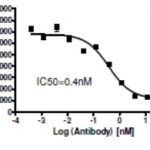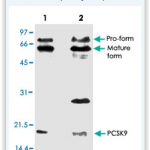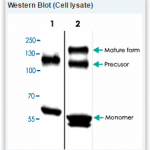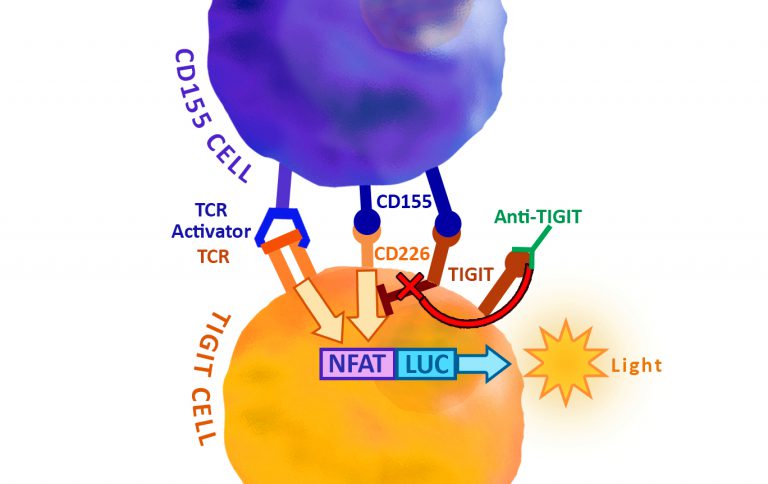There is an increasing demand for new cholesterol-lowering therapies in addition to existing treatments (e.g. targeting statins). The pharmacological inhibition of PCSK9-mediated LDLR degradation is becoming very attractive for treating cholesterol-related diseases. But which reliable in vitro assays are available to effectively study “PCSK9-LDLR” interactions ?

The Proprotein Convertase Subtilisin/Kexin type-9 (PCSK9) is a critical regulator of cholesterol metabolism.
PCSK9 interacts with the Low Density Lipoprotein Receptor (LDLR). The circulating PCSK9 endopetidase binds to the extracellular EGF-like domain of LDLR and targets it for lysosomal degradation.
Various research tools are already available to the research community for studying PCSK9, LDLR and their molecular interactions in vitro.
To begin with, there are many”conventional” popular monoclonal antibodies available, e.g. Anti Human PCSK9 polyclonal and Anti Human LDLR polyclonal (100% guaranteed for WB applications) to monoclonal neutralizing Anti Human PCSK9 Antibodies compatible with WB and ELISA detection (biotin-labeled cat. nr 14971207 and 14971216 or cat. nr 14971216).
To further complement the”PCSK9-LDLR” research toolbox, BPS Bioscience have released recently new functional assays to better study the binding of these 2 targets and, the inhibition of this molecular interaction.

- LDLR ectodomain is coated on a 96-well plate
- PCSK9 is incubated with LDLR
- The plate is treated with streptavidin-HRP followed by addition of an HRP substrate to produce chemiluminescence
This new product-line also include kits and proteins compatible with in vitro binding assays:
- PCSK9-LDRL Binding assays
- PCSK9(D374T)-LDLR Binding assay using the high affinity PCSK9 mutant (D374T)
- PCSK9 proteins
- LDLR proteins
-
MYLIP protein = Inducible Degrader of the LDL receptor (IDOL)
If you’d like further information regarding these new BPS Bioscience reagents targeting PCSK9 and LDLR or concerning any other research tools in relation to cholesterol metabolism, feel free to leave your questions or comments below, or get in touch with your local tebu-bio office.
 Interested in learning more about tools like this?
Interested in learning more about tools like this?Subscribe to thematic newsletters on your favourite research topics.






